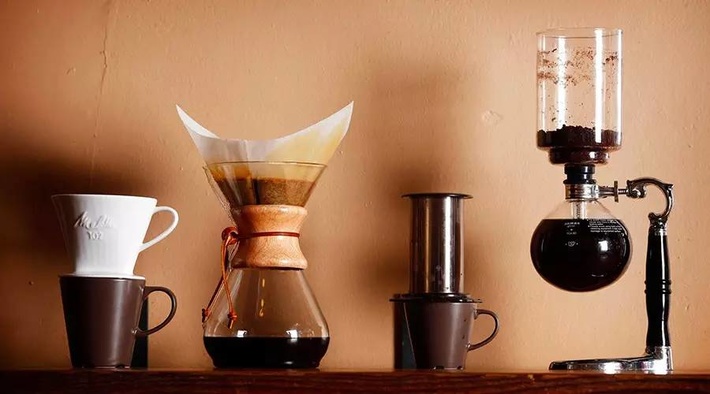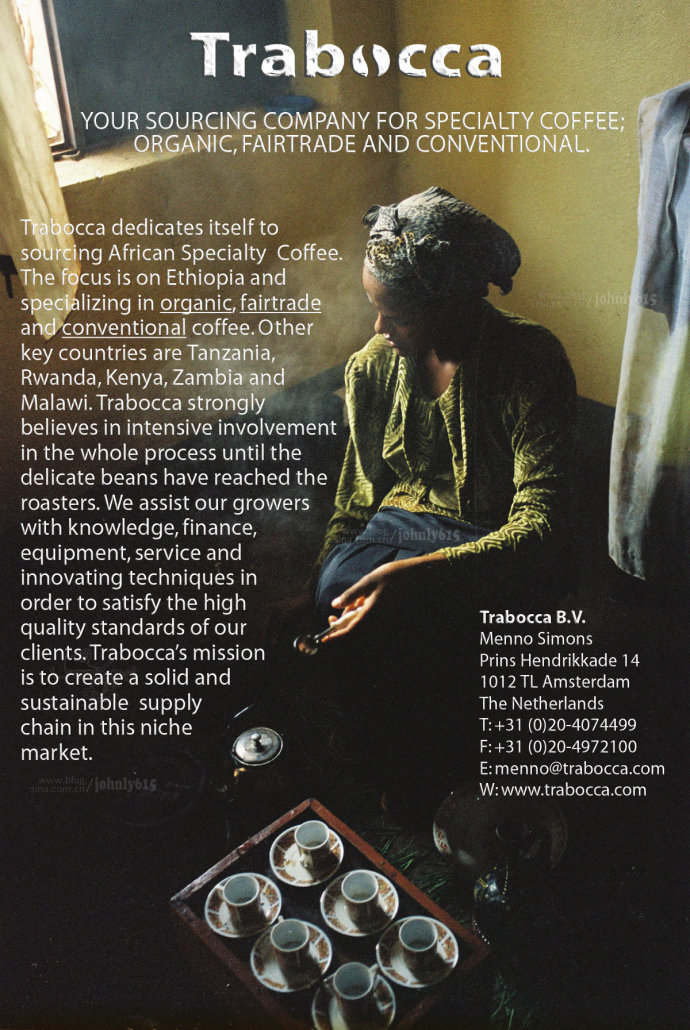Classification of eight stages of coffee roasting and introduction of depth table
The roasting method of professional coffee is usually divided into the following eight stages.
1. Very shallow baking (LIGHTRoast):
The degree of baking; very shallow baking, also known as shallow baking.
The lightest roasting degree of all roasting stages, the surface of the coffee beans is a light cinnamon color, its taste and aroma are insufficient, this state is almost undrinkable. It is generally used for testing and seldom for tasting.
2. Shallow baking (CINNAMONRoast):
Degree of baking; shallow baking, also known as cinnamon baking.
The general baking degree, showing cinnamon color on the appearance, the smell of green has been removed, the aroma is OK, and the acidity is strong, which is a common roasting degree of American coffee.
3. Micro baking (MEDIUMRoast):
Baking degree; moderate baking, also known as micro baking.
Medium baking heat and light baking are both American, in addition to sour taste, bitterness also appears, the taste is good. It has moderate aroma, acidity and mellowness, and is often used in the baking of mixed coffee.
4. Medium baking (HIGHRoast):
Baking degree; moderate micro-deep baking, also known as concentration baking.
Belongs to the moderate micro-deep baking, the baking degree is slightly stronger than the slight medium baking, the surface has appeared a little thick brown, the bitterness also becomes stronger. Coffee tastes sour and bitter, with good aroma and flavor, and is most often loved by people in Japan and Central Europe. (blue Mountain Coffee)
5. Medium and deep baking (CITYRoast):
Baking degree; medium-deep baking, also known as urban baking.
The most standard degree of roasting, bitterness and acidity are balanced and are often used in French coffee. (Brazil, Colombia)
6. Deep baking (FULL-CITYRoast):
Baking degree; micro-depth baking, also known as deep city baking.
The baking degree is slightly stronger than the medium depth, the color becomes quite dark, and the bitter taste is stronger than the sour taste. It belongs to the Central and South American baking method, which is very suitable for preparing all kinds of iced coffee.
7. Very Deep Baking (FrenchRoast):
Degree of baking; deep baking, also known as French baking.
Also known as French or European baking, belongs to deep baking, the color is thick brown with black, sour taste can not be felt, especially in Europe, France is the most popular, because the fat has infiltrated to the surface, with a unique flavor, very suitable for coffee Oulei, Viennese coffee.
8. Very Deep Baking (ItalianRoast):
Degree of baking; very deep baking, also known as Italian baking.
Also known as Italian baking, baking degree before carbonization, there is a scorched taste, mainly popular in Latin countries, suitable for fast coffee and cappuccino. Most of them are used in Espresso coffee series.

Coffee roasting
Baking depth meter
Baking depth appearance baking stage
Very shallow baking LIGHT
Light brown
The first explosion is over, about 205 degrees.
Shallow baking CINNAMON
Yellowish brown
Before and after the first explosion, 195 to 205 degrees
Medium baking / micro baking MEDIUM
Brown
About 205 to 215 degrees
Medium and deep baking / city baking CITY
Reddish brown
About 215 to 225 degrees
Deep city baking FULLCITY
Dark brown * dotted oil
About 225 degrees 230 degrees before the start of the second explosion
ESPRESSO baking
Dark brown * oily on the surface
About 230 to 235 degrees
Italian baking Italian
Dark brown * the surface is oily
About 235 to 240 degrees
French baked French
Close to the black surface and greasy
Above 240 degrees
Source:
Okay, Cake Network's blog.
Important Notice :
前街咖啡 FrontStreet Coffee has moved to new addredd:
FrontStreet Coffee Address: 315,Donghua East Road,GuangZhou
Tel:020 38364473
- Prev

American machine, siphon kettle, French pressure kettle, hand punch, Italian machine, mocha kettle. Which is better?
People often ask: do different brewing methods need to be matched with different coffee beans? What's the difference between using an American machine and using a siphon pot to make the same kind of coffee beans? Which appliance is the best to make coffee at home? In order to answer these questions, Mr. Cha has already started to write the first coffee masterpiece in my life. Don't be in a hurry. I believe you can't get out of the sorry in three or five years. Good.
- Next

Details of Trabocca's "Red Cherry Project" (ORC)
In fact, I have already introduced a red cherry project (Sunshine Sidamo Red Cherry Project). At that time, the response of that bean was very good. Many friends turned around and thought about doing it again after trying, but I didn't have much left at that time. Later, I have been looking for the beans of the red cherry project, but they are all fruitless, which may also be the helplessness of many domestic coffee glutton.
Related
- What is the meaning of lactic acid fermentation with coffee bean treatment?
- How to judge the state of foam by sound?
- How does the latte pull out the unicorn pattern? Come to get for a little trick to improve the flower pull!
- Will flower pulling affect the taste of the latte?
- Do you know the history of coffee?
- The difference between honey treatment and sun washing what is raisin honey treatment?
- What kind of milk can a novice use to make coffee foam to keep the foam longer? The correct method and skills of milking tutorial sharing
- Why do washed coffee beans taste sour? Flavor characteristics of washed Coffee
- Introduction to the skill of how to practice the size and height of water injection around the circle of hand-brewed coffee
- How do beginners practice coffee flower drawing from scratch?

